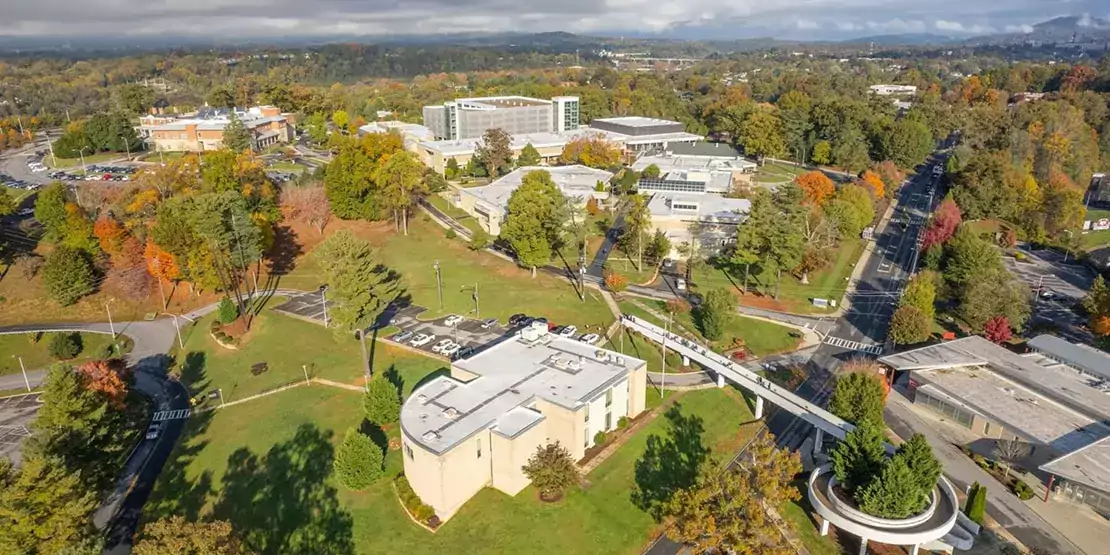Posted on The Center Square website on February 20, 2024
Better aligning with growing workforce demands is pushing the conversation in the North Carolina General Assembly to implement changes to the funding model for the state's 58 community colleges.
Changes could happen in the short session that begins in earnest in April. The state allotment annually is running about $1.5 billion.
The overhaul proposal is known as Propel NC. Based on projections of 576,000 job openings by 2031, it would help address potential workforce shortages in industries including health care, advanced manufacturing, biotechnology, and information technology.
The plan costs $93 million. Funding has, for years, pivoted on student enrollment. The new plan is arranged by workforce sectors, with the value of offerings based on statewide salary and demand data. The four major components are workforce sectors, a base allotment modernization, enrollment increase reserve, and excess tuition retention.
Propel NC has received more than 100 letters of support from industry leaders, the backing of all 58 community college presidents, and unanimous approval from the North Carolina State Board of Community Colleges.
Board chairman Tom Looney said action is needed so the colleges lead in delivering a skilled workforce. System Vice President Phillip Price said the model incentivizes jobs in demand without harming existing programs.
The shift to workforce sectors is estimated to require $68.5 million, while a 5.8% increase in the base allotment is slated to cost $24.4 million. Another $6 million in non-recurring funds would be used to establish an enrollment increase reserve fund to cover significant enrollment increases in the year they occur.
A request to decouple excess tuition receipts from the enrollment increase reserve would allow schools to retain excess tuition when total system actual receipts exceed total budgeted receipts.
A breakdown of how the various components will impact each college shows the increase in funding from workforce sectors would range from a 22.54% boost at Pamlico Community College to a 1.58% increase at Bladen Community College. Additional funding from the base allotments ranges from $1.7 million more for Wake Technical Community College to about $200,000 more for Pamlico and Roanoke-Chowan community colleges.
The enrollment reserve model would have benefited all but nine of the state’s community colleges based on fall 2022 numbers for a total cost of $4.1 million, while excess receipts from fiscal year 2022-23 would have returned $7.6 million to all colleges proportionally based on actual receipt collections, according to a Propel NC outline.
